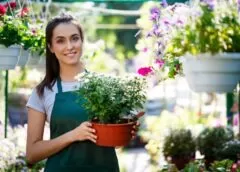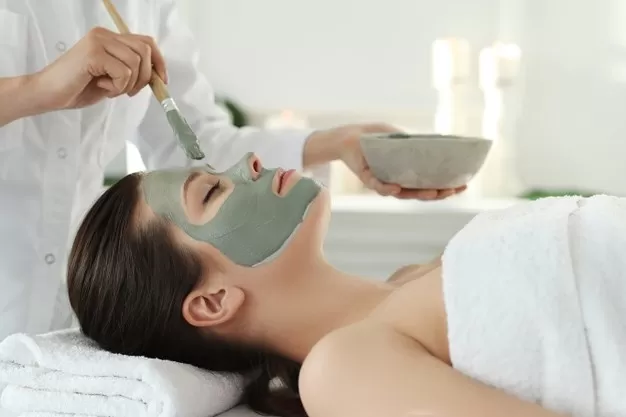You are searching for gardening tips. However, you need look no more. It is essential that you know what you are doing and that your garden is successful. This article will provide some of the best gardening tips you can find.
To avoid drowning your plants, follow weather reports as much as possible. If rain is expected, there is no need to water your garden. This will save you money on your water bill and avoid watering your plants exceedingly. If dryness and heat are expected, water your plants accordingly.
To store your garden-fresh onions for use throughout the winter and avoid having them rot or mold, store them in pantyhose! Yes, pantyhose! Place the onions into the legs of pantyhose, and, to avoid letting them touch one another (which is what helps create mold and rot), place a twist tie between each onion and the next. To store, hang the pantyhose by the gusset in a cool, dry place and cut off or pop a hole in the pantyhose to grab an onion when you need it.
To produce the most significant and tastiest fruits and vegetables from vine plants, don’t be afraid to pinch off blossoms and the vine that trails far and away from the main plant. If you minimize the blossoms on a plant and the distance from the plant to those blossoms, the plant is better able to provide more nutrients to the blossoms that remain, resulting in the biggest and best fruits and vegetables.
If you want your garden to be successful, focus on your soil. To protect your plants from unwanted pests, it is essential to have healthy soil. It will nourish your vegetation and help them grow into vigorous plants that can fight off disease and damage from bugs.
Make sure to keep your eye on your garden for pests. They can eat away your plants or foods and cause irreparable damage. If you do find them in your garden, you must get rid of them as soon as possible before they reproduce and create more problems.
Make your kneeling pad. Working on the ground can be very hard on your knees. A kneeling pad provides much-needed cushioning, providing comfort and protecting your joints. If you do not have one on hand, find a piece of foam or an old pillow two to three inches in depth. Cover it with plastic wrap or place it in a plastic bag to protect it from dirt and moisture and enjoy comfortable cushioning while you garden.
If you want to make plant markers from objects you have around the home, try using old window blinds. Cutting up your old blinds will let you make markers almost identical to the ones you’d buy at a store. They’re very durable and should easily be able to survive bad weather.
Look at what you have for breakfast to make nutrient fertilizer from stuff around the house. Both old coffee grounds and tea bags make an excellent fertilizer, especially for plants that love acid. Eggshells add alkaline to your soil, and bananas are the best source of potassium that roses thrive on.
Plant in the shade. All plants need light to survive, but not all need brilliant sunshine. Plants native to woodland areas are happy when they get protection from the sun’s rays. Many plants will thrive in a shady garden, including Hosta, Cyclamen, Foxglove, Helleborus, Japanese Anemone, and Ajuga. You will have a year-round display of color in even the shadiest of gardens by planting these.
Plant all your flowers in a straight line to make weeds easier to spot. A more unusual layout may be visually attractive, but it gives weeds plenty of places to hide. Keeping your garden simple will make weeds and diseases easier to locate and more straightforward to get rid of.
Be sure that you have earthworms in your soil. Earthworms are vital to good organic gardening because they aerate the soil. Also, the by-products of earthworm digestion are great to plant food. Earthworms encourage soil bacteria that provide needed nutrients to your plants while competing with harmful insect pests, reducing the need for chemical pesticides and fertilizers.
Use hostas to brighten up a shady area. Hostas are the perfect plant to brighten up a shady area of your garden. They are grown primarily for their leaves, ranging in color from deep blue-green to vivid yellow-green. Blooms are usually lavender, but Hosta Plantaginea features showy, fragrant white flowers. They are best grown in moist, rich soil, amended with plenty of compost. Large clumps can easily be divided in the Fall.
If you like the concept of organic gardening, then why not take it one step further by leaving some of your land undeveloped for the area’s wildlife? Doing this will allow creatures that help plants to produce and pollinate to continue their actions, positively affecting the garden you develop.
Avoid getting an infection by not allowing dirt and other chemicals into open wounds. The dirt and grime you come into contact with while gardening can cause even a tiny cut to become seriously infected. You can completely seal the area using some of the available great bandages.
If your backyard soil isn’t conducive to an organic garden, try installing a raised bed. Within the raised bed, you can create your mix of soil and compost to achieve the ideal soil for raising your crops. Just be sure the bed is at least 16 inches high so that roots have room to flourish.
It would be best to get the best gardening information available to wrap it up. While there is plenty of information out there, this is some of the best advice that you can find. Hopefully, you can use it in your garden and spread the knowledge around to other people.




